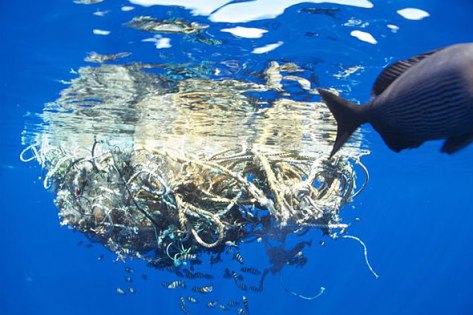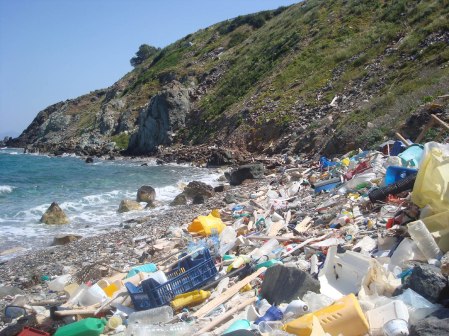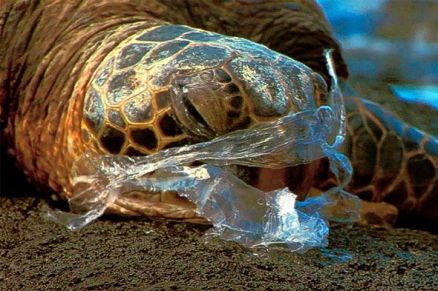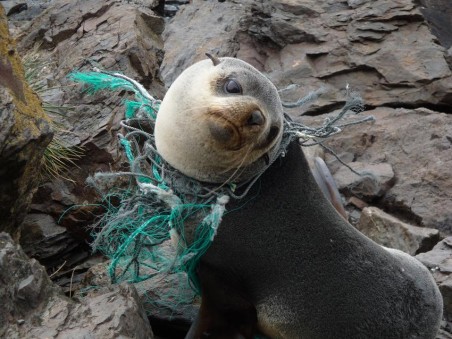Recently In Rwanda, four young mountain gorillas were seen disabling a poachers’ snare intended to kill gorillas and other animals. These gorillas sprung into action after the same snare killed an old gorilla from their troop.
Adult gorillas have been seen destroying snares and poaching traps in the past, but scientists have never seen this kind of activity in gorillas at such a young age. This sighting suggests not only unexpected cognitive skill but also a level of empathy for other animas. While the gorillas could choose to simply avoid the snare grounds, they instead decide to work together to disable them so that other gorillas and animals are not hurt and killed.
Within the world of primatologists and researchers, primate empathy has been a matter of discussion for years. These new findings suggest a level of empathy and social welfare amongst primates never before studied. The young gorillas dismantling the snares will most likely teach their offspring how to destroy traps as well. Primates, such as gorillas and chimpanzees, are known for teaching their young how to use different tools.
“It’s just amazing”, says Dr. Patricia Wright, a Primatologist at Stony Brook University in New York with over 27 years anthropological experience. “One of the most extraordinary things that has just happened is that very young gorillas, that are just four years old, have started to take apart traps and snares so that poachers can’t catch gorillas.”
Dr. Wright will be present at the 2014 Wildlife Conservation Film Festival (WCFF) in New York the week of October 13-19. There she will speak with the audience after the screening of the IMAX film Island of Lemurs: Madagascar. She will be joined by fellow primatologist Dr. Birute’ Galdikas, traveling all the way from Borneo who will also speak with the audience after the screening of Born to Be Wild. Both Dr. Wright and Galdikas will be presented with Lifetime Achievement Awards at the WCFF Gala on Friday, October 17. They will be joined by Dr. Sylvia Earle, Nan Hauser and HRH Prince Khaled bin Sultan, all of whom are receiving awards for their life’s dedication to the protection of global biodiversity.
Wildlife Conservation Film Festival, Inc.
Christopher J. Gervais, Founder & CEO
Christopher@WCFF.org
Facebook.com/WCFForg
Twitter: @WCFF_org
Instagram: WCFF_org
LinkedIn: Wildlife Conservation Film Festival




















